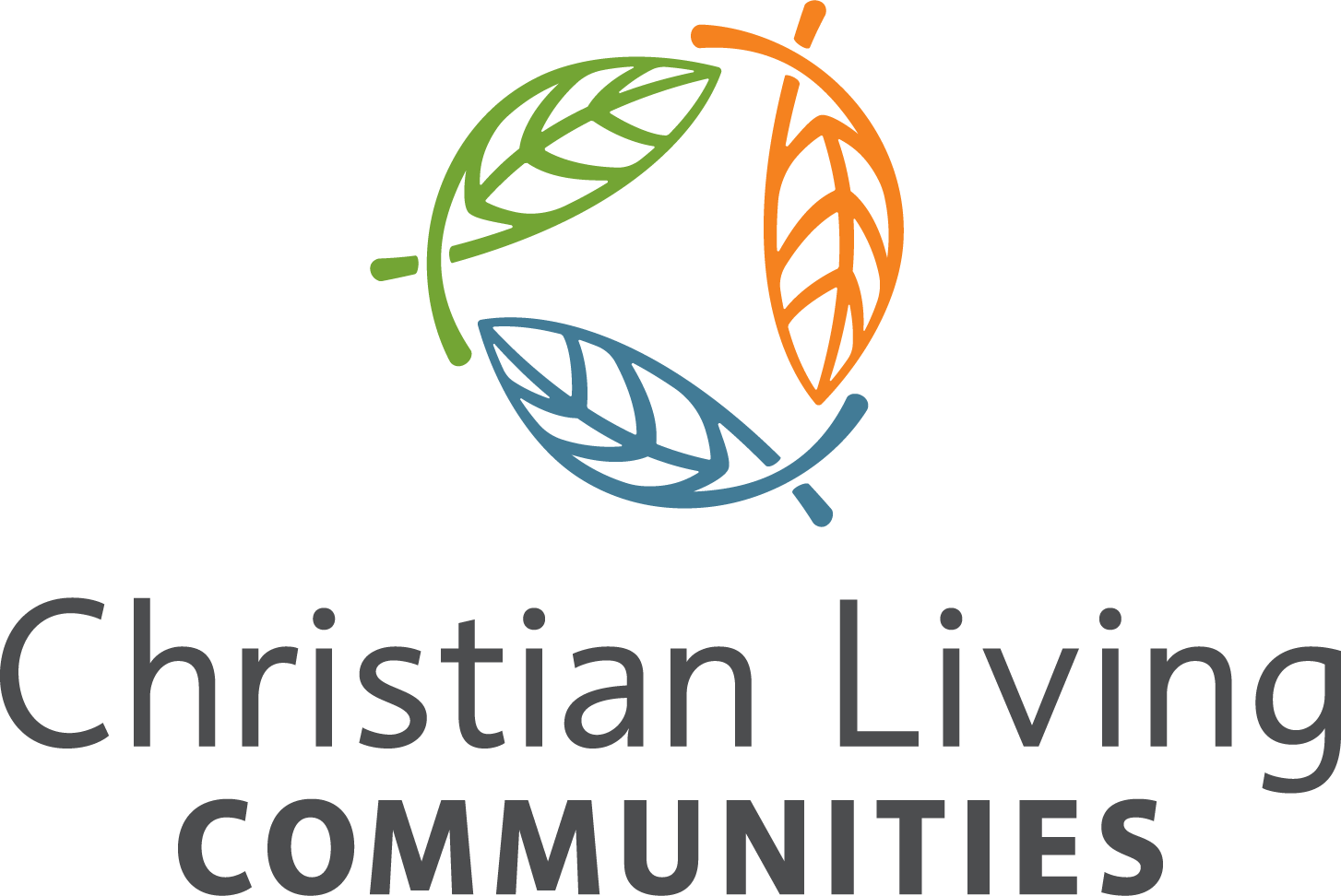In the dynamic and ever-evolving landscape of the internet, keeping your website fresh and relevant is crucial for success. Think of your website as home base. This is where all your marketing efforts should be aimed and where they become result in new leads. Shouldn’t your home base be an excellent experience for visitors? Whether your current website is beginning to look outdated, or you simply want to stay ahead of the curve, a website refresh can breathe new life into your online presence. However, before you embark on this journey, there are several key considerations to ensure a smooth and successful website refresh.
Define Your Website Goals and Objectives
Before making any changes, it’s essential to define your goals and objectives for the website refresh clearly. Are you aiming to improve user experience, enhance brand identity, boost online visibility, or increase conversion rates? Choose one primary goal to focus on, and the other objectives will likely fall in line. Having a clear roadmap will guide your decisions throughout the process.

Understand Your Target Audience
Your website is ultimately for your audience, so understanding their needs and preferences is paramount. Don’t assume you know what your audience wants. Analyze user behavior, gather feedback, and conduct market research to identify areas of improvement. Talk to people who use your website, recent customers or business partners. Collect their feedback and then tailor your website refresh to meet the real expectations and demands of your target audience.
Evaluate Current Content
Content is king, and it plays a pivotal role in engaging visitors and improving search engine rankings. Assess the current content on your website – what is performing well, what needs updating, and what can be optimized? Then plan content that is a resource for your audience in every stage of the the buyer’s journey. Quality content is a direct path to creating a relationship based on trust with your prospects. Investing the time for content that meets your audience where they are will pay off in the end and may be the most important element of a website refresh.
Design for Mobile Responsiveness
With an increasing number of users accessing websites from mobile devices, ensuring mobile responsiveness is non-negotiable. Check your website all through the refresh, every page needs to load correctly and be easy to navigate both on desktop and on mobile. Consider the poor user experience the mobile audience will endure if you don’t. Google also prioritizes mobile-friendly websites in search results. Make certain that your website not only looks good on desktops but also provides a seamless experience on smartphones and tablets.

Maximize Opportunities for SEO
A website refresh is an excellent opportunity to optimize for search engines.
- Conduct an SEO audit to identify and address issues such as broken links, outdated metadata, and keyword optimization.
- Make a sandbox or duplicate version of the website to work in while the refresh is happening.
- Track and redirect URLs before going live with the new site.
There are a multitude of technical issues that can pop up during a refresh. If you are using a developer partner, make sure they back up your current site before taking the refresh live. Following best practices will contribute to your website’s overall SEO health leading to improved visibility and organic traffic.
Prioritize User Experience (UX) and Navigation
User experience is easily one of the most important elements to consider when implementing a website refresh. Nothing alienates your prospects faster than a website that is difficult to navigate, has images that don’t load quickly or broken links to content. A user-friendly website is more likely to keep visitors engaged. Evaluate the current user experience and navigation structure. Are there an unnecessary number of clicks to get to content? Is the navigation clear and simple to understand? Simplify navigation, ensure intuitive design, and streamline the user journey to make it easy for visitors to find what they’re looking for.
Audit Technology and Security
Assess the technology stack of your website. Is it running on outdated software? Are there security vulnerabilities that need addressing? Are plugins out of date? Upgrading to the latest technologies not only improves performance but also enhances security, providing a safer environment for your users.
Consider Budget and Resources
A website refresh involves financial and human resources. Define a realistic budget for the project, considering costs for design, development, content creation, and any additional tools or software. Then add a 10% contingency both to budget and timeline. It is better to go live later than anticipated if it means creating the absolute best website you can. If you are using a partner, be sure they have planned for contingencies and won’t be coming to you for additional fees. Allocating resources wisely will allow for a smooth and timely execution.

Set a Timeline and Project Management System
And speaking of timelines, set a realistic timeline for the website refresh. Don’t rush it. Consider potential disruptions to regular business operations and plan accordingly. Effective project management is crucial to keep the process on track and ensure that milestones are met within the specified timeframe. A detailed task list may seem overwhelming at first, but it will keep important steps from falling through the cracks. If you are using a developer, be sure you have visibility into the project roadmap and agree to the timeline.
Account for Testing and Feedback
Before launching the refreshed website, conduct thorough testing.
- Make back ups of your back ups.
- Look for broken links and missing content.
- Check for compatibility across various browsers and devices, and as mentioned earlier, check for mobile responsiveness.
Address any issues that arise during testing before launch. It is a best practice to take the new site live at a non-critical time, usually at night or late evening. This gives you time to quality control the site and fix any issues before your prospects are visiting the new site.
Conclusion
Embarking on a website refresh is an exciting endeavor that can significantly impact your online presence. By carefully considering these key factors, you can navigate the process more effectively and ensure that your refreshed website aligns with your goals, resonates with your audience, and sets the stage for continued success in the digital landscape.
At Cappella Digital Marketing Solutions we are committed to supporting non-profit senior living communities through innovative digital marketing principles. Our mission is to apply the disciplines that have been successful in our own communities to strengthen the client’s online presence, elevate brand awareness and drive meaningful lead generation.
Want to chat? Contact us at CDMS@CLCLiving.org
About the Author
Robin Visser serves as Director of Marketing and Digital Strategies at Christian Living Communities. Robin has a wealth of digital marketing experience both in senior living and global industries, along with a background in broadcast and video production. Her strengths are in digital strategies and innovative ideas.


